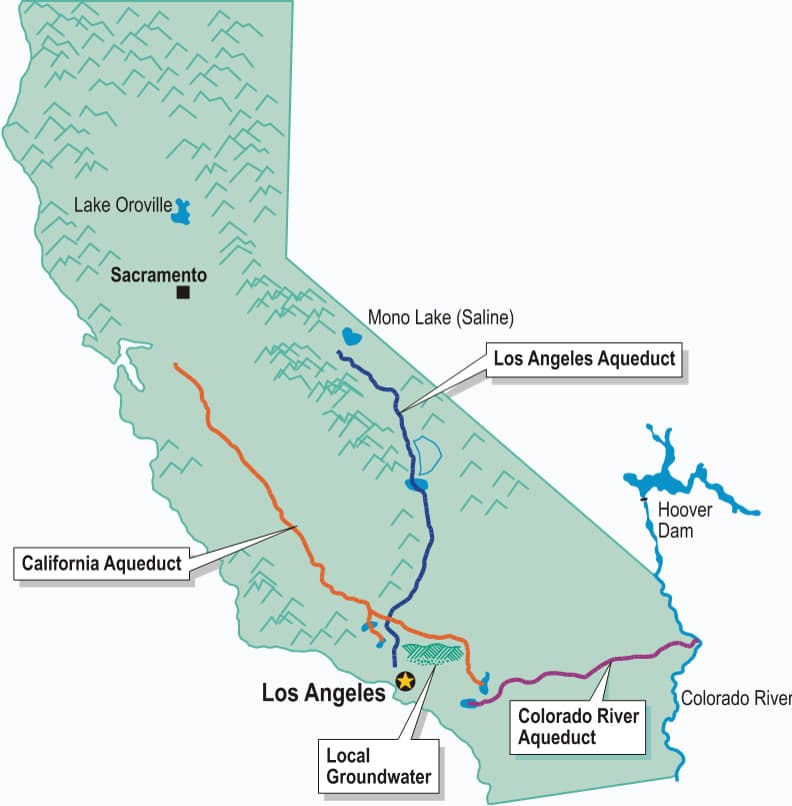Treating Emerging Contaminants in Drinking Water
Planning and Design at Los Angeles Department of Water and Power
Treating at the Groundwater Source
Designing an innovative UV advanced oxidation treatment facility with granular activated carbon for peroxide quenching that will treat the primary contaminant of concern as well as VOCs.

The City of Los Angeles encompasses an area of 465 square miles with a population of nearly 4 million residents. Local groundwater provides approximately 11% of the City’s total water supply and the City has a goal of achieving 50% of the water sources supply from the San Fernando Basin by 2035.
Many Los Angeles Department of Water and Power (LADWP) groundwater production wells in the San Fernando Basin (SFB) are impacted by contamination caused by various commercial and industrial activities. Without comprehensive containment and groundwater basin remediation, the City will significantly lose the ability to use this valuable local resource within the next decade. To improve groundwater clean-up and increase the supply of high quality renewable water resources for the City, LADWP is undertaking a program to evaluate and implement groundwater treatment throughout the SFB. This 10 year program of up to $600M will greatly improve local renewable water supplies for the City.
Design of treatment for the first wellfield is underway and illustrates the complexity of trying to implement treatment of the various contamination plumes given the extensive pumping activity within the basin. Challenges have included evaluation of contaminants of concern, treatment alternatives, and facility sizing given project uncertainties. Extensive modeling and bench-scale testing have been completed to reduce the potential uncertainties and improve the treatment design criteria. The results of the engineering evaluation has been the design of an innovative UV advanced oxidation treatment facility with granular activated carbon for peroxide quenching that will treat the primary contaminant of concern (i.e., 1,4-dioxane), as well as VOCs.










